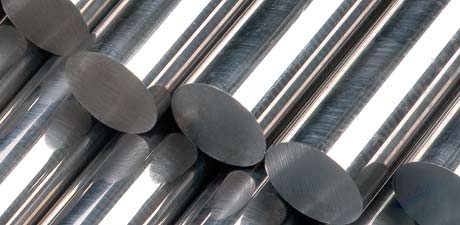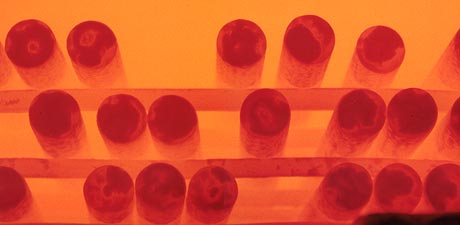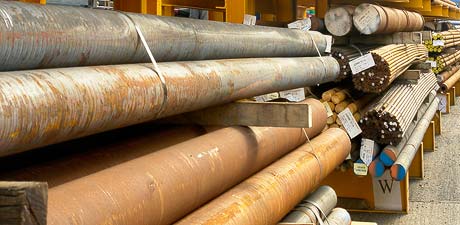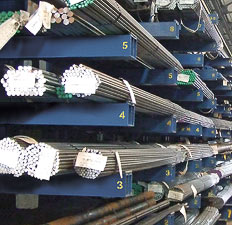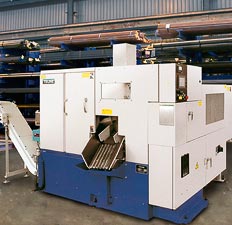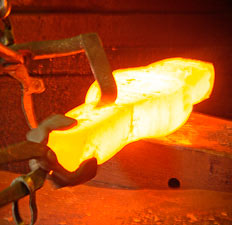Technical Data
Influence of elements in commercial steels (continued)
Manganese. (Mn).
Manganese is an important element in the production of steel where it is used as a deoxidant.
Increasing the content of manganese will improve the hardenability, and tensile properties of steel.
Manganese will combine with sulphur in the steel to form manganese sulphide inclusions which is important in freecutting steels.
Molybdenum. (Mo).
Molybdenum increases the hardenability and improves the weldability of steels together with the tensile properties. The presence of molybdenum will reduce temper brittleness.
Molybdenum is usually used together with other alloying elements such as chromium and nickel.
Nickel. (Ni).
Nickel increases the notch toughness of steel, and the tensile properties of steel.
Nickel is often used in combination with chromium and molybdenum.
Phosphorus. (P).
In most steels the presence of phosphorus is considered to be undesirable. However, there is a deliberate addition of phosphorus to freecutting steels.
Silicon. (Si).
Silicon is an important element in the production of steel where it is used as a deoxidant.
Increasing the silicon content of a steel will increase the tensile properties and wear resistance.
Spring steels contain 1.5 - 2.0% silicon.
Sulphur. (S).
In most steels the presence of sulphur is considered to be undesirable due to its adverse effect on the tensile properties, ductility and weldability.
There is a deliberate addition of approximately 0.3% sulphur to freecutting steels where it forms manganese sulphide inclusions which improve the machinability of the product.
Titanium. (Ti).
The principal use of titanium is to stabilize carbon by forming titanium carbide. In austenitic stainless steels it is used in this way to prevent intercrystalline corrosion, the titanium addition being at least four times the carbon content. It is also added to low carbon steels to prevent blistering during vitreous enamelling. Titanium carbide is used with tungsten carbide in the manufacture of hard metal tools.
Vanadium. (V).
The correct vanadium addition will produce a steel with a fine grain size and improved hardenability. Vanadium will improve the weldability of a steel and also the wear resistance.
- < Previous
- 1
- 2


